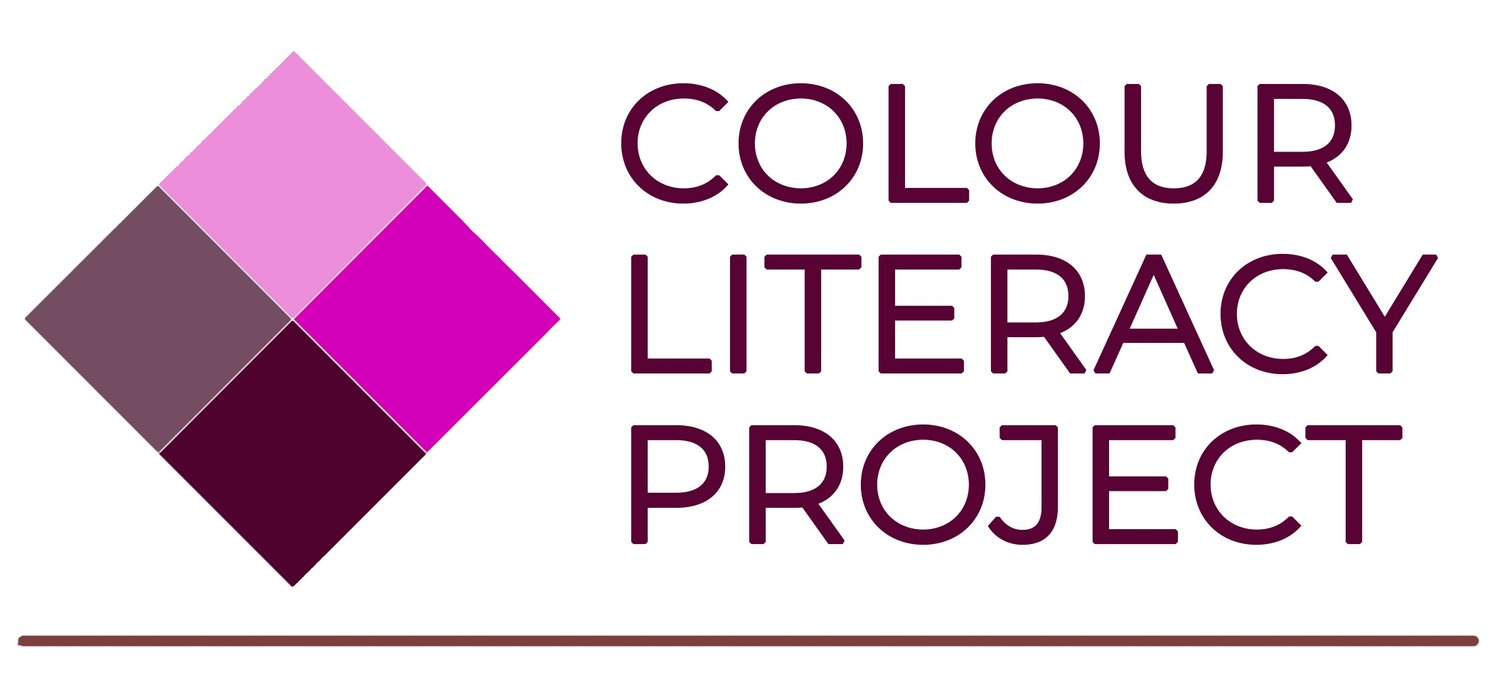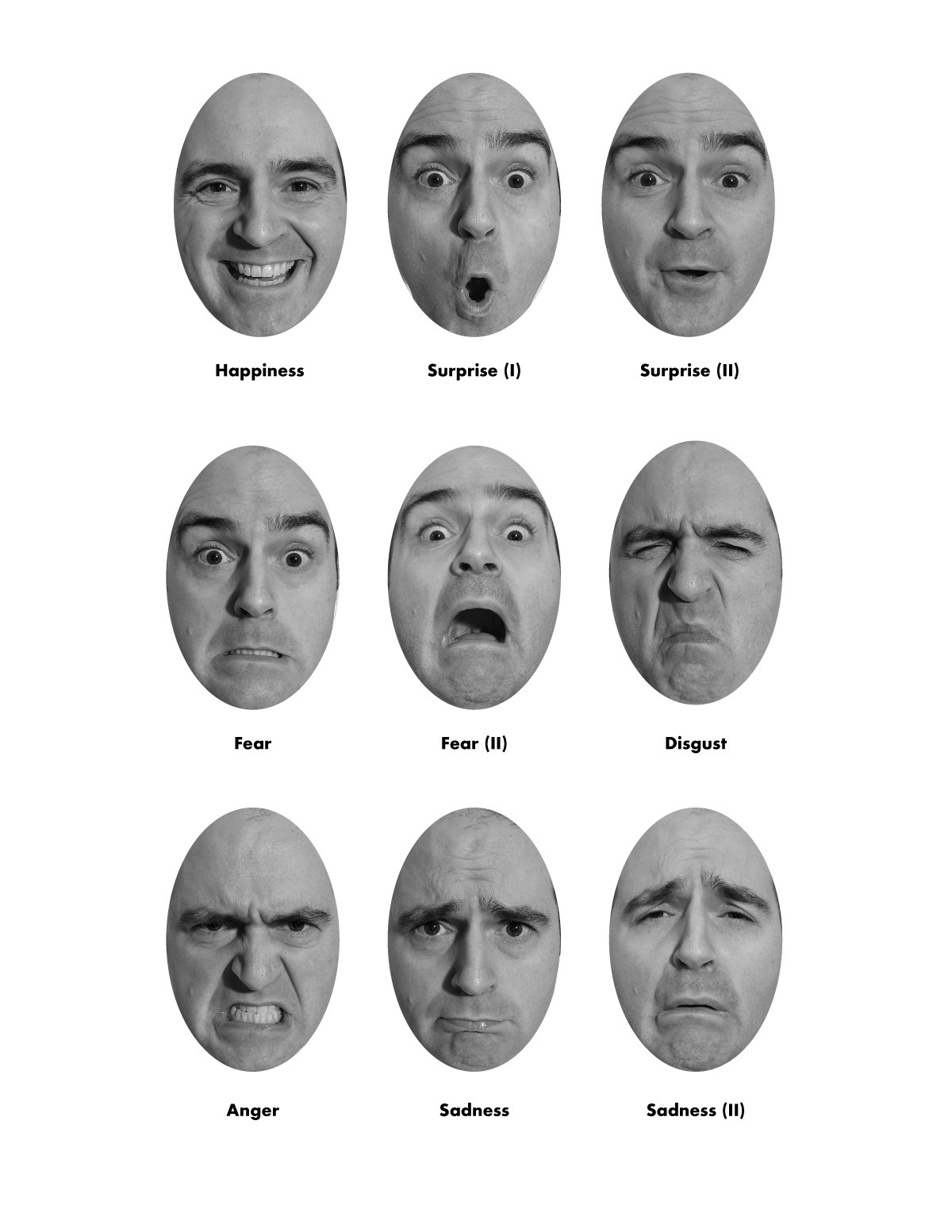Communicating emotions with colours
Living in Colour EXERCISE
Details:
Ages: 5-99
Time: 20 minutes
Learning Outcomes:
1. Notice whether specific combinations of colours can be used to communicate emotional expressions.
2. Describe the sets of colours that best relate to specific facial expressions, in terms of their hue families and characters.
Colour Concepts: Colour combinations can be used to communicate emotions, but the colour combinations may not be universal.
Materials:
Handout 1 - Facial expressions
Handout 2 - Coloured squares
Handout 3 - Templates
Scissors
Glue
Pen/pencil
INSTRUCTIONS:
Study the sketch of each face in isolation. Decide what combination of three colours from Sheet 1 ‘best fit’ the expression on each face.
Cut out the squares from Sheet 1, and stick them in place on one of the rectangles cut from Sheet 2. Arrange with no white spaces between the coloured squares.
Cut out the sets of three colours on Sheet 2, and write on the back the corresponding facial expression from Figure 1 (A, B, C, etc.).
Pass the cards with the coloured squares to other students in your class, making sure that they are unable to see the identifying letters on the back. The next exercise is the reverse of the first. Have them decide which facial expressions from Figure 1 best fit the colour combinations you have chosen. They can write the decisions lightly in pencil on the FRONT of the card and check the back to see if your colour communication choices are successful.
Facial expressions
Cut out individual squares; choose sets of three to match each facial expression
Place sets of 3 associated with each facial expression; write expression on back; have classmates guess the facial expression for each set of 3; look at back to see if they guessed correctly
VOCABULARY:
Character, Hue family
QUESTIONS & OBSERVATIONS:
Which emotion do you associate with each sketch in Figure 1?
How similar are each student’s associated colours for each facial expression? Notice the similarities of both character and hue family.
Which facial expressions were easiest to guess from the colour combinations? Which were hardest?
Which facial expressions had the most similar set of colour combinations? Which had the most dissimilar set?
MORE TO EXPLORE:
Draw another facial expression, and match a set of 3 (or more) colours with that expression.
See if your friend can guess the meaning of the expression, based on your colour combination.
Repeat the exercise with various emojis.





